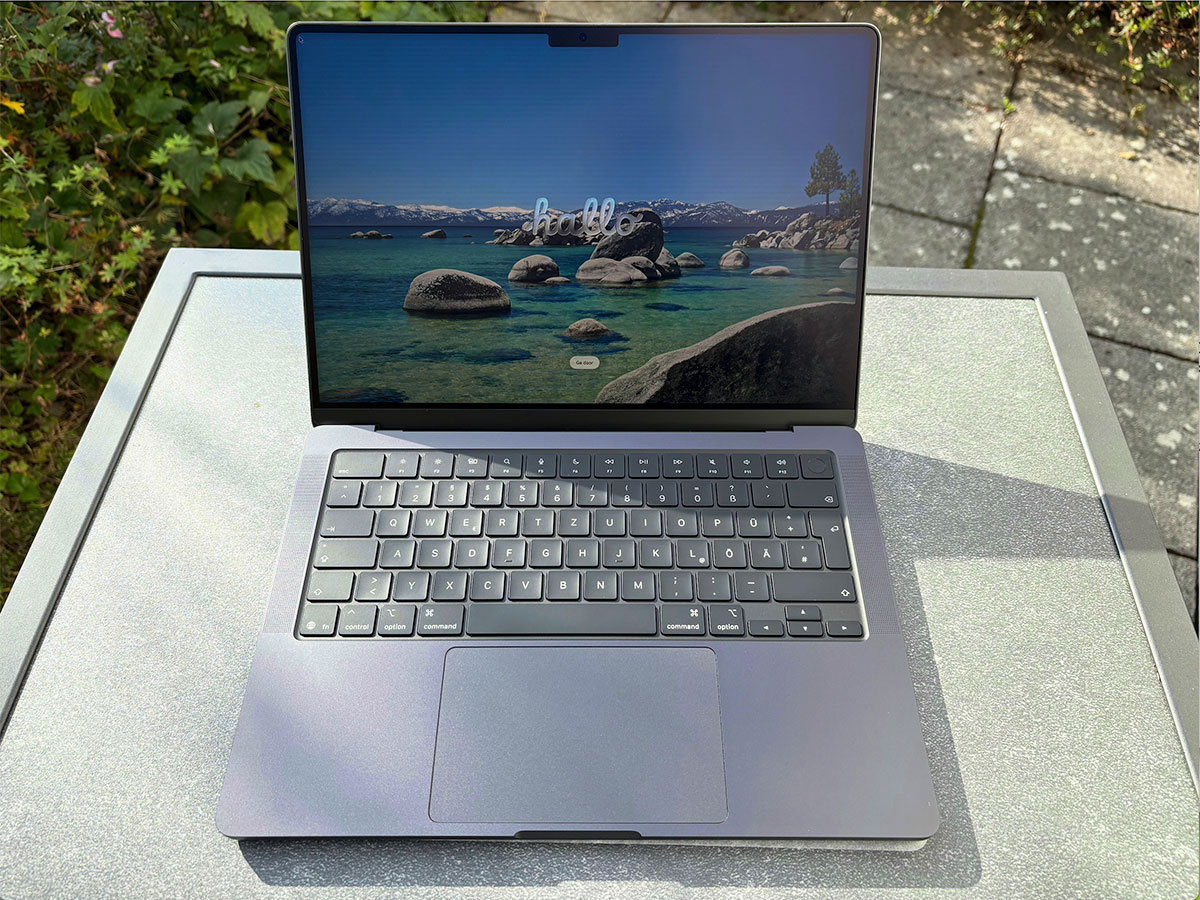Remember the laptops of the past? Bulky, boxy, and often clad in harsh plastic, they prioritized function over feeling. They were tools, undeniably, but lacked any sense of invitation. For many, including myself, that emotional disconnect was palpable.
Growing up, my family computer was a beige IBM – a workhorse for games like Myst and Baldur’s Gate. It wasn’t beautiful, but it opened doors to incredible worlds. Still, the machine itself felt…distant. It served a purpose, but never sparked joy through its design.
Today’s laptops are a revelation. Sleek lines, lightweight materials, and thoughtfully curved edges create a completely different experience. The sheer physical effort of carrying older models is a distant memory, replaced by the effortless portability of a MacBook Air or the comfortable grip of a Lenovo ThinkPad.

It’s not just about aesthetics, though. The tactile experience – how a laptop *feels* in your hands – profoundly impacts how we connect with it. A comfortable feel fosters a sense of ease and encourages interaction, something often overlooked in the past.
As someone deeply immersed in technology, I’ve learned that first impressions matter immensely. I recall the surprising comfort of a clunky Dell I used in college. Its weight felt substantial, almost reassuring, and even then, it felt surprisingly modern. That initial impression stuck with me.
A poorly designed laptop can stifle creativity. Inspiration demands a seamless experience, and a jarring design – stiff keys, a creaking palm rest – can quickly break that flow. These seemingly small details have a significant impact on productivity and enjoyment.

This shift towards more approachable design isn’t accidental. Advances in materials – lighter alloys and polymer coatings – have allowed manufacturers to soften those harsh edges. Simultaneously, smaller, more powerful components have enabled sleeker form factors.
Our relationship with technology has evolved. Laptops are no longer solely work tools; they’re portals to connection, creativity, and entertainment. We want devices that integrate seamlessly into our lives, whether we’re working from home, relaxing on the couch, or enjoying a coffee shop.
There’s a name for this design philosophy: human-centered design. It prioritizes intuition and approachability alongside functionality. It taps into our innate human response to touch, a fundamental way we’ve explored the world since childhood. Smoothness and softness evoke feelings of friendliness and familiarity.
This trend extends beyond laptops. Smartphones have shed their rigid angles, curving to fit comfortably in our hands. Smartwatches now gently press against our wrists, offering a subtle, unobtrusive experience. Technology is becoming less intrusive, more…human.
Looking ahead, the line between technology and lifestyle will likely continue to blur. Imagine laptops that respond to your body temperature or change color with your mood. Perhaps haptic feedback will deliver unique patterns to signal messages from loved ones. The possibilities are exciting.
For me, it’s about the effortless integration. My laptop doesn’t demand attention; it simply slides into my routine. The softness isn’t just in the rounded edges, but in the inherent invitation to pick it up and engage. It’s a transformation from a cold, intimidating tool into something genuinely enjoyable to use.
I believe this trend towards softer technology is here to stay. It’s a recognition that technology should enhance our lives, not complicate them. And as technology continues to evolve, I hope it continues to prioritize comfort, connection, and a touch of humanity.






